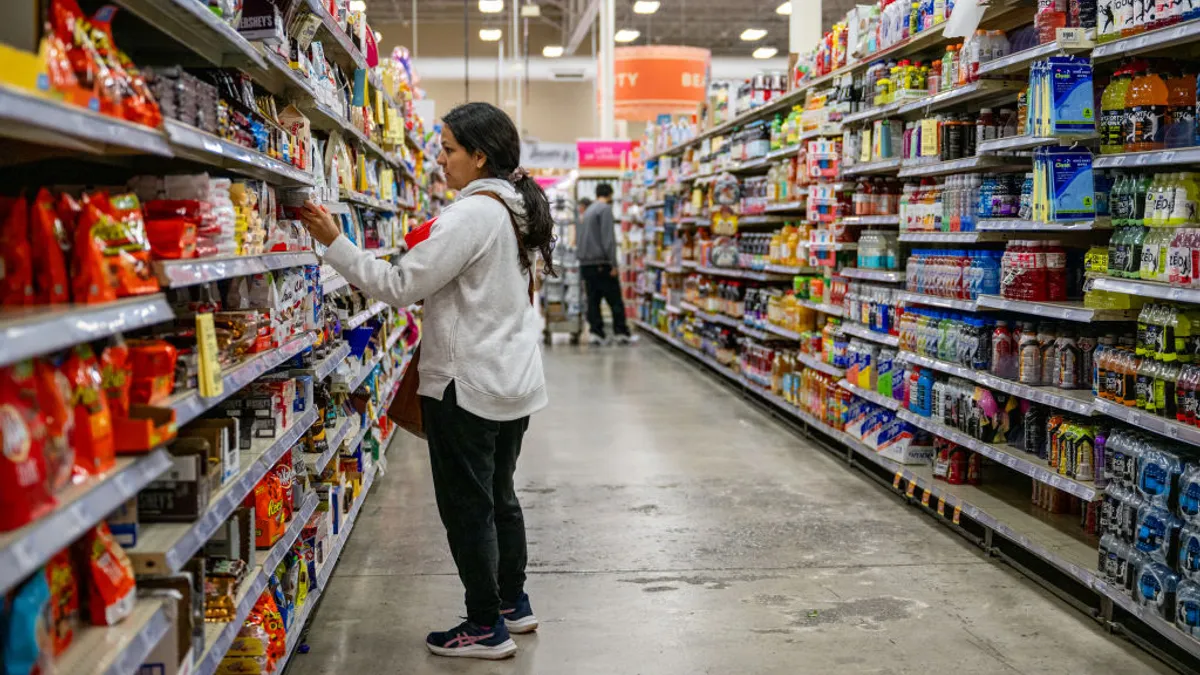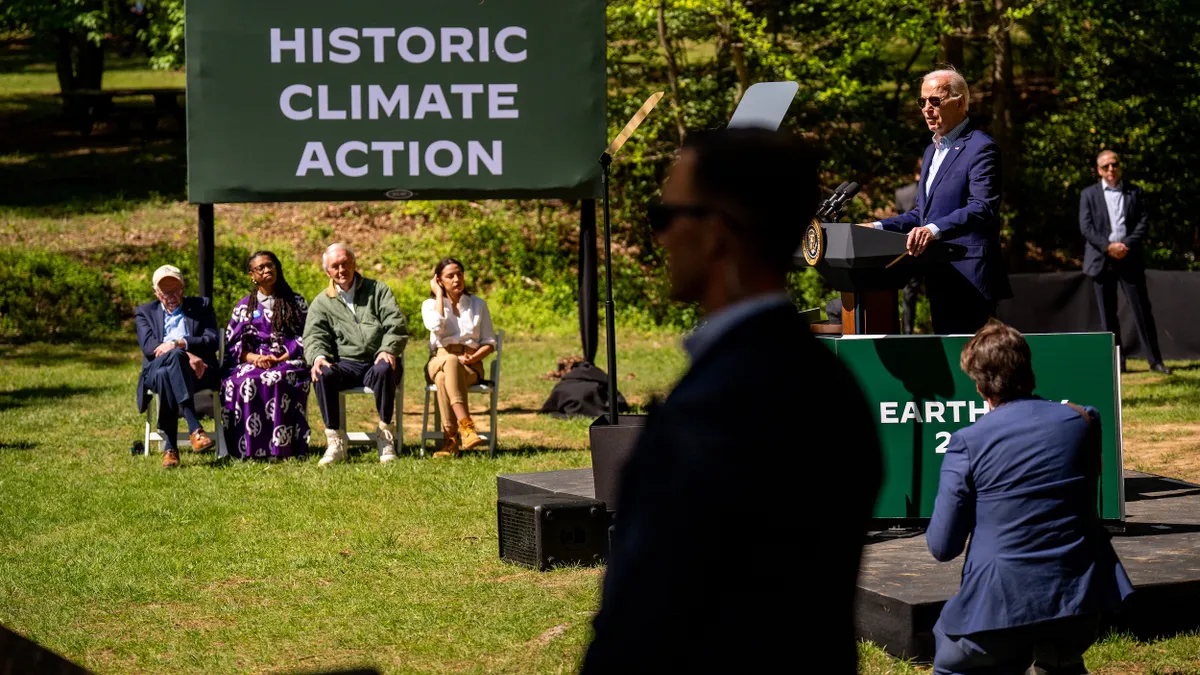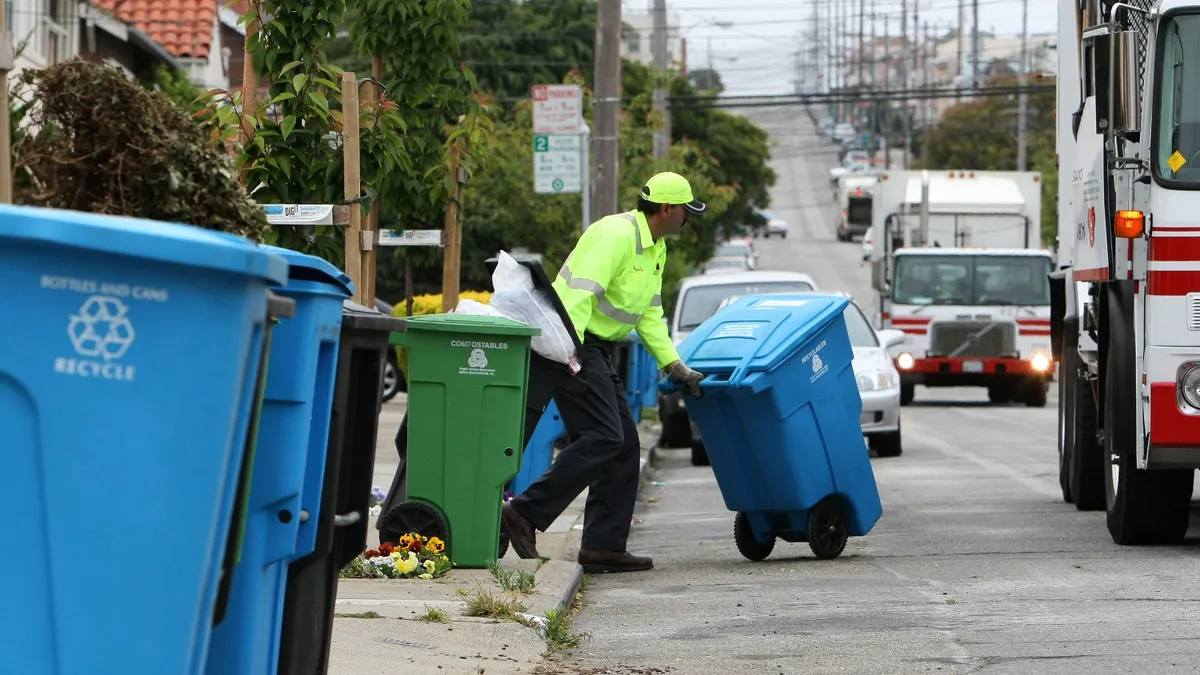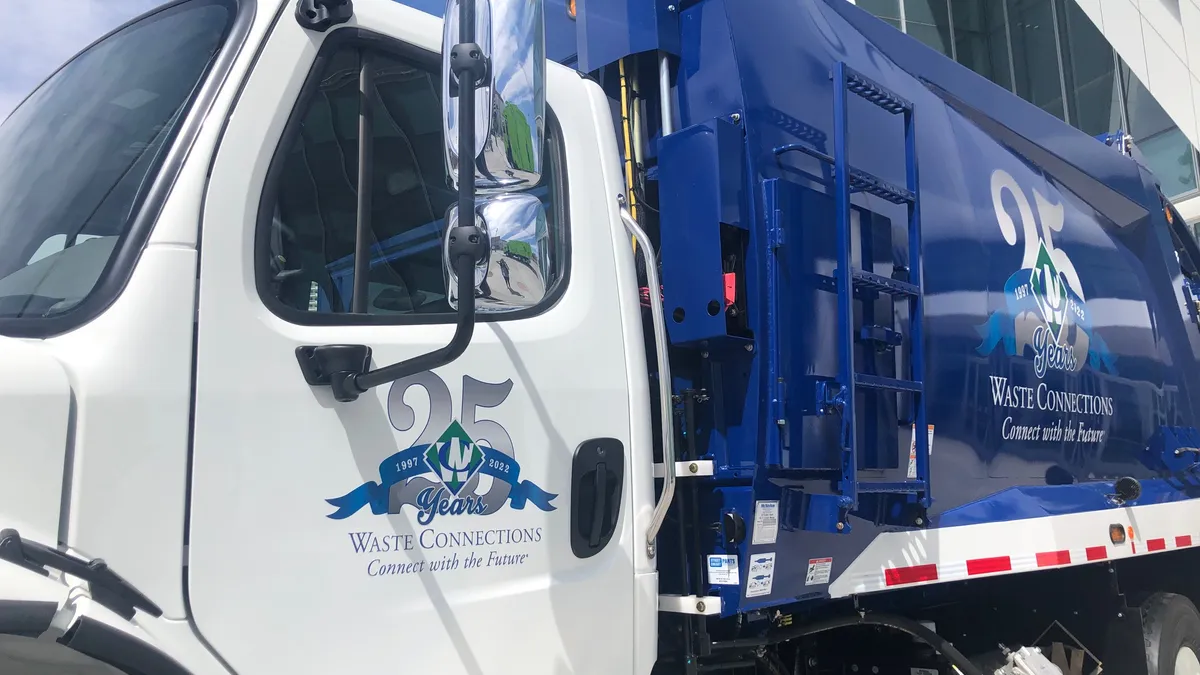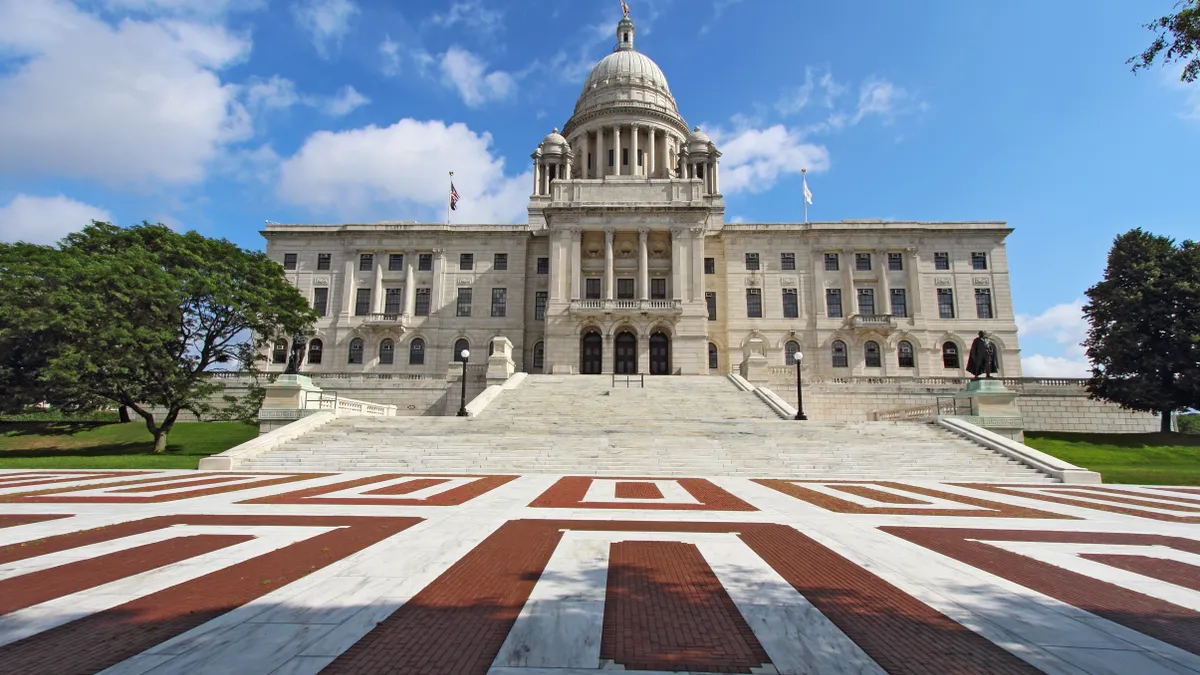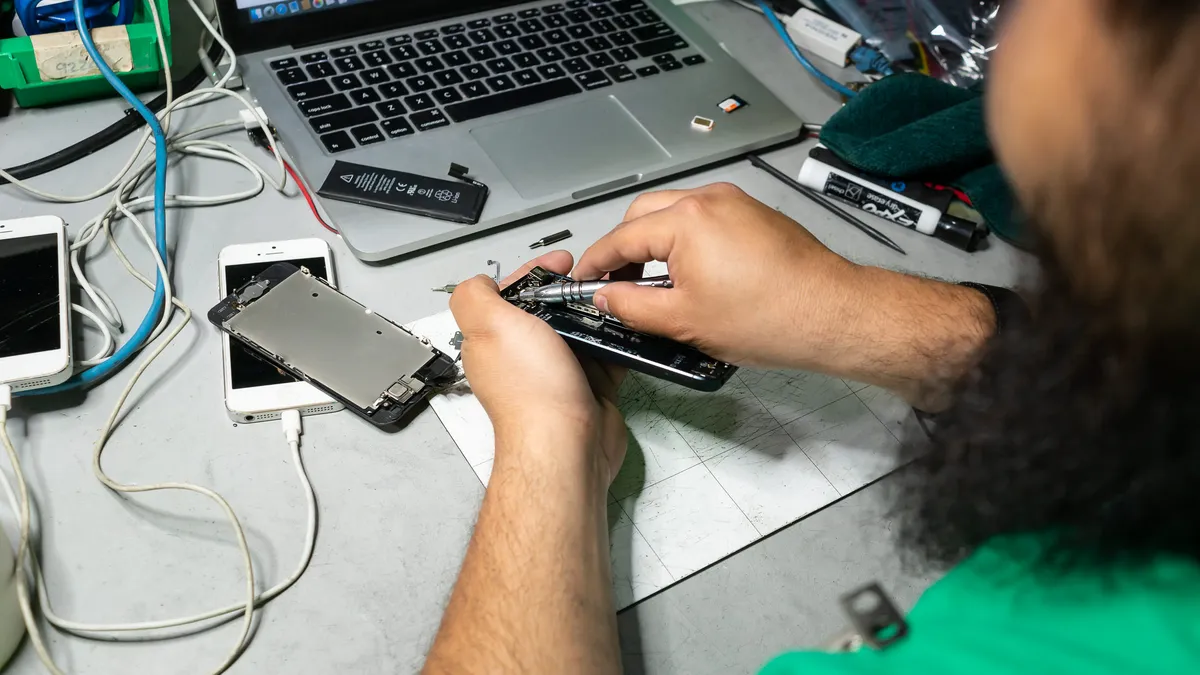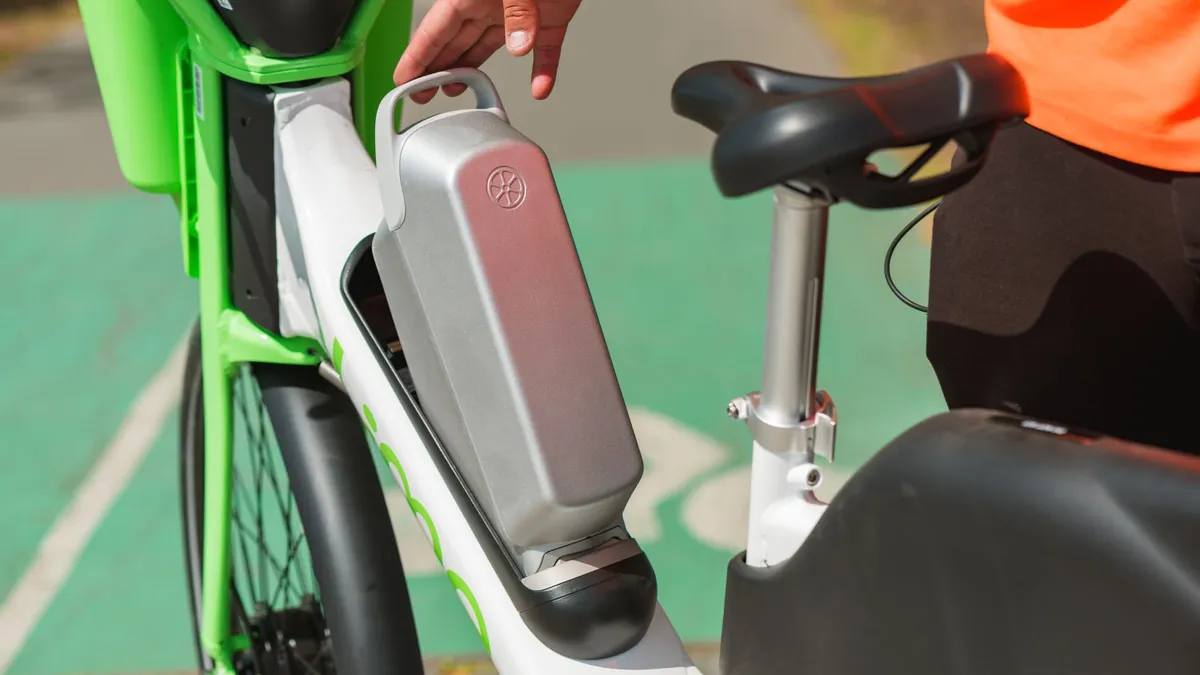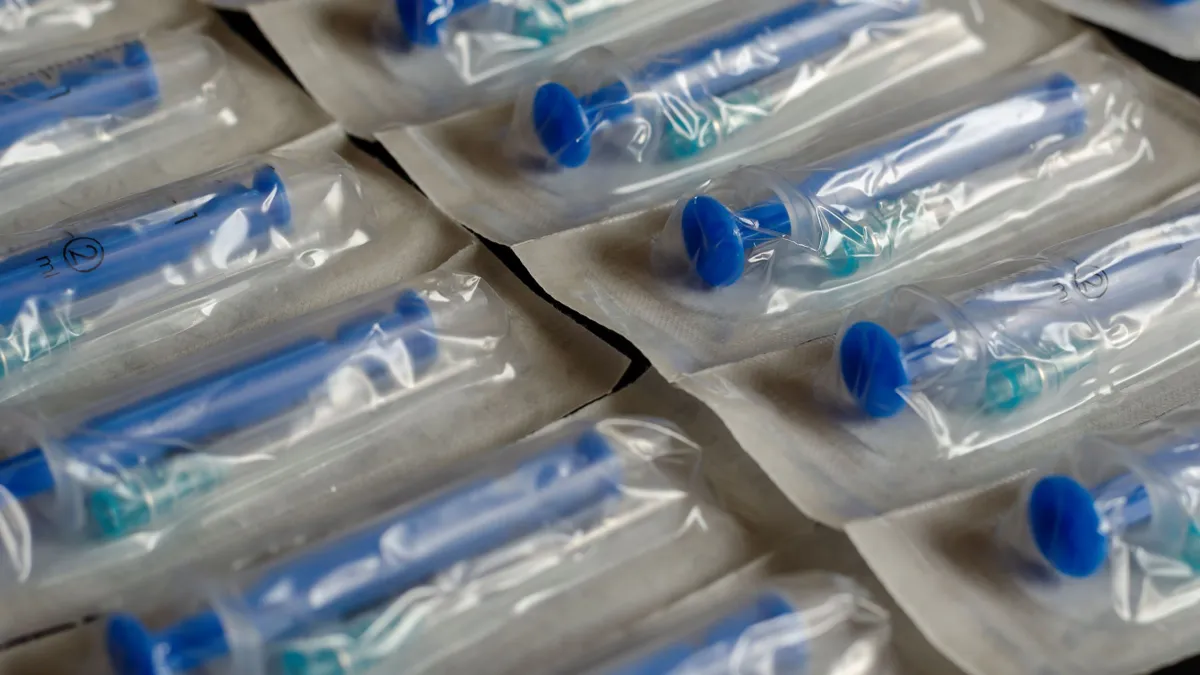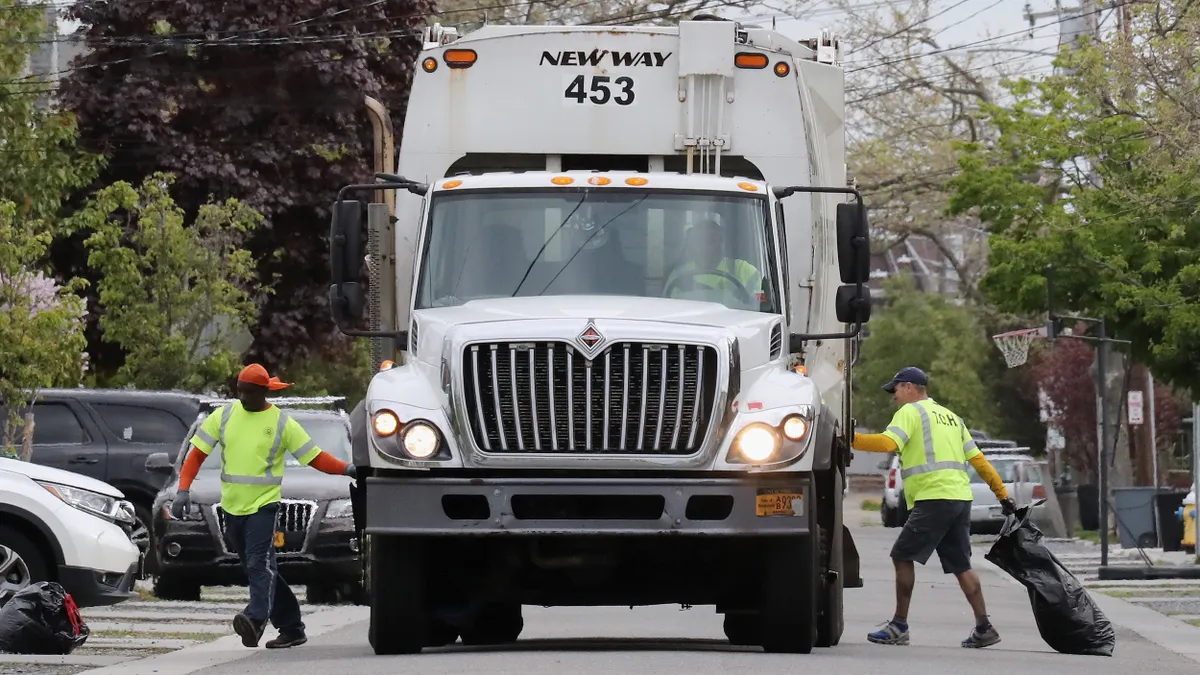When Amcor first committed to make all of its packaging recyclable or reusable by 2025, “there was a lot of doubt, both internally and externally,” said Chief Sustainability Officer David Clark.
At the time in 2018, Amcor wasn’t sure how it would develop packaging to achieve those goals and meet customer expectations. But once its innovation teams started working with suppliers and customers, “it turned out to be a lot more possible than people may have thought at the beginning,” Clark said.
The company says that by the end of last year, 100% of its specialty carton packaging and 95% of its rigid packaging was recyclable. Separately, 94% of its flexible packaging had a “recycle-ready” solution available, up from 56% in 2018, indicating the packaging is at least designed to be recycled by existing technologies — though, in practice, infrastructure may not yet be widely available, meaning it doesn’t actually get recycled.
Now comes the toughest work for Amcor along with other packaging producers and their customers: transforming the remainder of the packaging portfolio, sometimes referred to as the “final 5%.”
It’s a bit of a euphemism, seeing as producer, brand and retail signatories to the Ellen MacArthur Foundation’s Global Commitment have collectively made 70% of their plastic packaging reusable, recyclable or compostable. As part of the commitment, Amcor and others agreed to transform 100% of their portfolios by 2025.
The most challenging part of the portfolio typically includes flexible plastics and multilaminates, both of which are difficult to recycle. That’s prompting producers, brands and retailers to innovate with new materials that are recyclable, reusable or compostable. But they’re also recognizing the trade-offs with redesigning packaging for certain products, as well as limitations with collection and sorting systems to ensure recyclable packaging actually gets recycled. At times, this has led companies to reconsider their lofty sustainability goals.
“We're at this plateau,” said Brandi Parker, the founder and brand-level sustainability consultant of Parker Brands. “Now we've hit the very complicated problems to solve.”

To swap or not to swap materials
For decades, packaging manufacturers have developed multilaminates and flexible plastics with a focus on performance, whether that’s shelf stability, moisture barriers or anti-contamination properties, Parker said. While functionality remains critical, today’s heightened attention to end-of-life management means packaging manufacturers and brands have to “undo incredibly complicated pieces of engineering,” Parker said.
Transforming packaging for circularity requires some trips back to the drawing board. One approach is to shift from multimaterial to monomaterial design.
Parker has seen this type of R&D in pet food. Dry kibble, which can get stale quickly, uses multilaminate packaging to preserve the product, but large CPGs are looking at monomaterials — namely polyethylene, because “it does well on its own with all of those barrier requirements,” Parker said.
CPGs have also tested the waters with monomaterial packaging and other alternatives. In 2023, Ferrara switched 13 SKUs from multimaterial plastic film packaging to a monomaterial alternative. Nestlé started packaging some of its chocolate candies in paper in 2021, removing 250 million plastic packs sold globally each year.
When it comes to sustainability innovations, producers are “seeing promise in the natural world,” said Andrew Hargest, CEO of food packaging supplier SupplyClub. Manufacturers are developing packaging materials derived from seaweed, corn and more.
Even as alternative materials improve, “One of the things that plastic unfortunately has done is proven how well it performs as packaging,” Parker said. “These are incredibly difficult materials to get out of.”
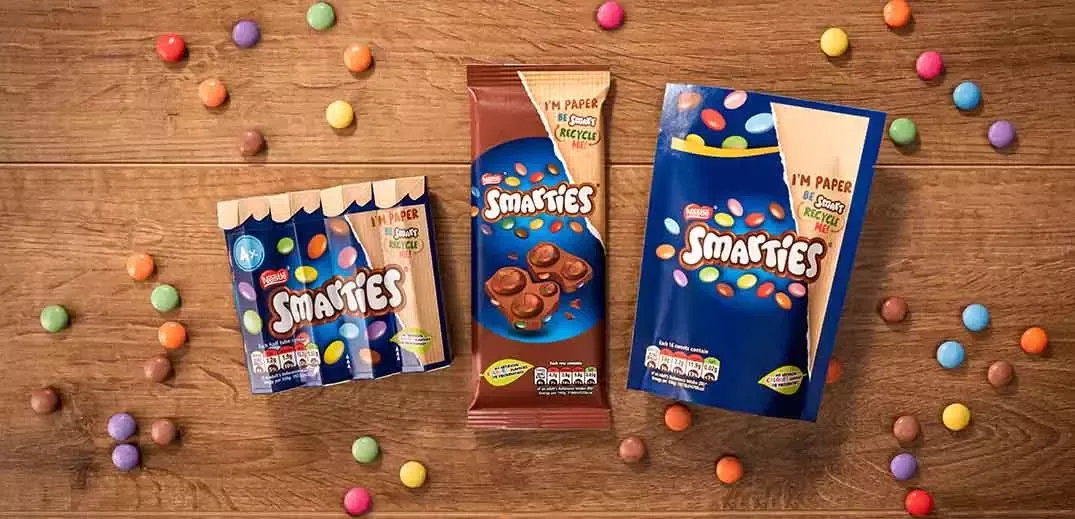
Is the price tag worth it?
Amcor pointed to the influence that customers and recyclers have in closing the gap on the 100% target. Clark suggested it’s on these customers to move the needle.
“It's hard for us to make the investment in R&D to develop a new product if our customer's not ready to switch yet,” he said.
Cost is often cited as the biggest factor when companies are considering how to lower the environmental impact of their packaging, especially without a regulation mandating change. Newer technologies aren’t yet produced at scale or economically, Hargest said. If large brands buy into newer technologies and biobased materials, demand for those options will increase and costs will come down. But the industry isn’t there yet, according to Parker.
“Plastic is cheap; that is why it is the packaging material of choice,” Hargest said. However, as companies have coalesced around goals to make entire packaging portfolios recyclable, reusable or compostable, plastic substrates could become less profitable, Hargest noted.
Another key consideration is how a new material would affect customers’ operations. If the new packaging is filled or sealed differently, manufacturers might have to re-engineer their production lines, which would add cost and time, Clark noted.
Given the functionality and cost trade-offs with packaging changes, many companies, including giants like Walmart and Coca-Cola, are questioning whether they can meet the ambitious sustainability goals they set for themselves. Others are abandoning or resetting goals altogether, Parker said.
Kraft-Heinz is among the latest CPGs to recognize this challenge, noting in a recent sustainability report that 13% of its packaging isn’t expected to be recyclable, reusable or compostable within existing infrastructure. The company noted that much of this packaging is multimaterial flexibles and films that offer other benefits.
Hargest said it’s noble for companies to set ambitious goals, but “it takes away from the impact if the goal continually gets pushed a few years out.” His preference: A realistic approach that showcases what they did to achieve positive results so that other firms can learn from them.
While there’s attention to the target percentages, companies also zoom out and acknowledge the factors inhibiting packaging from completing a circular cycle. The cost and functionality trade-offs to replace some packaging aren’t worth it in certain cases, Clark said.
Packaging companies and their customers don’t necessarily want to get rid of multilaminates altogether, which shifts the focus to recycling infrastructure.
Unilever has pointed to a gap between its technical and actual recyclability rates, noting that “assumptions made on the development of new technologies and infrastructure have simply not materialized.”
Amcor has pursued chemical recycling as a set of technologies that could help manage flexible packaging, though such systems remain in the early stages of investment and efficiency. But in the end, “even if we do develop packages that meet the recyclability targets that we've set,” Clark said, “the rest of the system has to adapt.”


